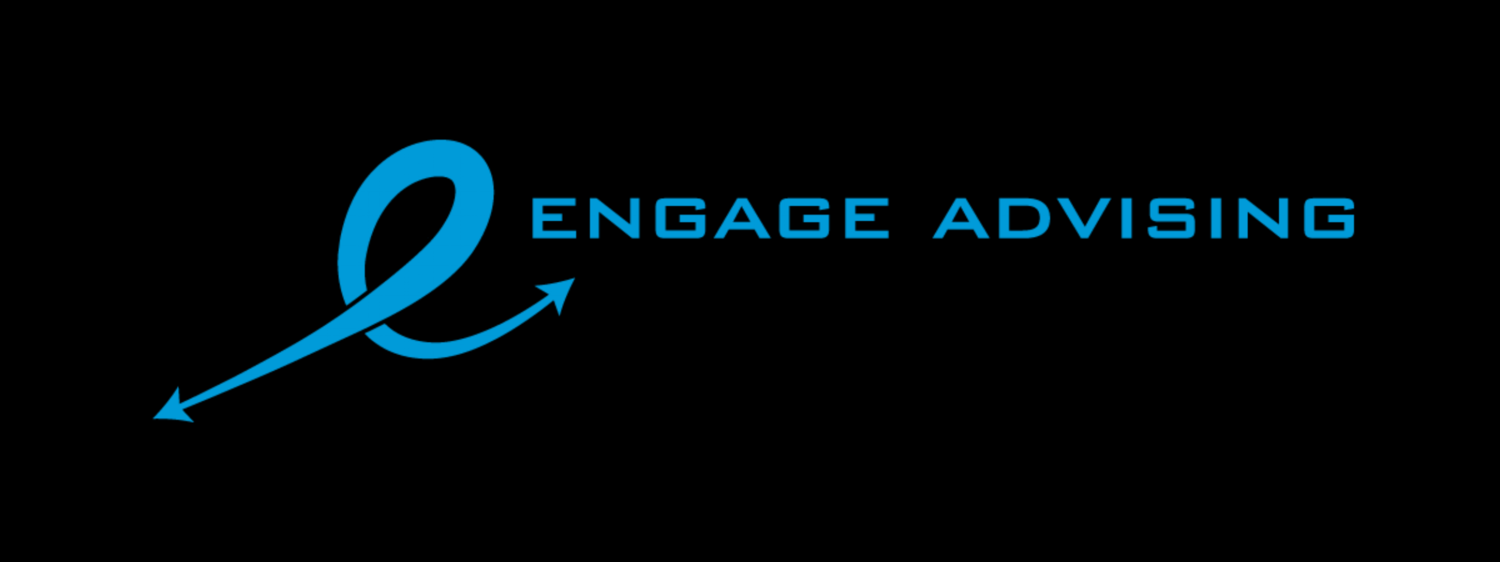Many people who work in sales and marketing refer to the final quarter of the year as, OND – October, November, December. OND is a heady rush of holidays, finalizing projects, using up your department budget at work, and spending time with family and friends. I joke that it’s the start of one big holiday, HallowThanksMas; Halloween, Thanksgiving, and Christmas all jammed together. Better start that diet now before all of the dinners and parties. OND is upon us so what should you be doing for OND from a financial planning perspective? Let’s take a look at a brief overview of each month.
October
Long considered open enrollment for Medicare, October may also be open enrollment at your place of employment. Employers tend to offer benefits fairs either in the spring or fall, or both. For many companies, it’s around October. Some things to look for include making changes to your health coverage, assessing new benefits offered by your employer, and possible additions or changes to your retirement plans. What’s offered and by whom varies by employer of course, so be sure to attend your company’s benefits fair to see what may be available.
Filled an extension back in May? It’s time to finalize that return and either pay taxes due or make an arrangement with the IRS. If you filed IRS Form 4868 to extend the filing date of your tax return, that due date is October 15, 2021. To quote Larry the Cable Guy, Git ‘er done!
Speaking of tax, if you are going to hire a tax preparer, now is the time to shop for one if you don’t already have someone. Waiting until spring of 2022 in the midst of tax season is never a good time to look for a preparer.
November
People mostly think of spending money in November thanks to Black Friday. Personally, I don’t like the frenzy and pressure of Black Friday. To be honest, many of the deals are not the deals they are cracked-up to be. Be smart about your Christmas spending and read my tips from last week’s post, It's Christmas Time! No, Really, Now is the Time to Shop.
One area where you can spend, is in your Flexible Savings Account (FSA). If you have a balance in your FSA plan (whether medical or dependent plan) special rules in place for 2021 allow you to carryover up to $550 into the next plan year, even if your FSA is a dependent plan. Normally, you would need to spend the money in a dependent plan under the IRS use-or-lose rules. However, depending on your plan sponsor (or your company), you may be able to carryover the entire balance for 2021 into 2022. Confirm this with your plan sponsor and your benefits department. If not available to you for some reason, consider spending money on qualified medical expenses before December 31. Medical and dependent FSAs generally have different rules. The IRS has created a special allowance for both plan types this year due to the pandemic.
December
Last month of the year! By the way, how did this year’s resolutions go? Don’t worry, you get to make new ones at midnight on New Year’s Eve. December is the cutoff for many annual financial planning activities such as tax-loss harvesting, closing real estate deals, or charitable giving if you want to even consider taking the tax deduction or credit in the current year. Make sure you complete key transactions by December 31.
That’s it. Just a quick overview of preparing for OND. Your personal balance sheet and financial planning “to do” list may contain more items. For some, buying or selling of employer equity may need to be completed in this OND period. For others, transferring property may need to take place. Some of you may be looking for ways to increase income or you might be eyeing changes for 2022 already. Whatever your situation, the OND countdown is on!
As an independent Certified Financial Planner™, I can help keep you on track. Contact me and let’s get started! #talktometuesday #Hireaplanner #OND #budget #2021 #2022 #CFPPro


